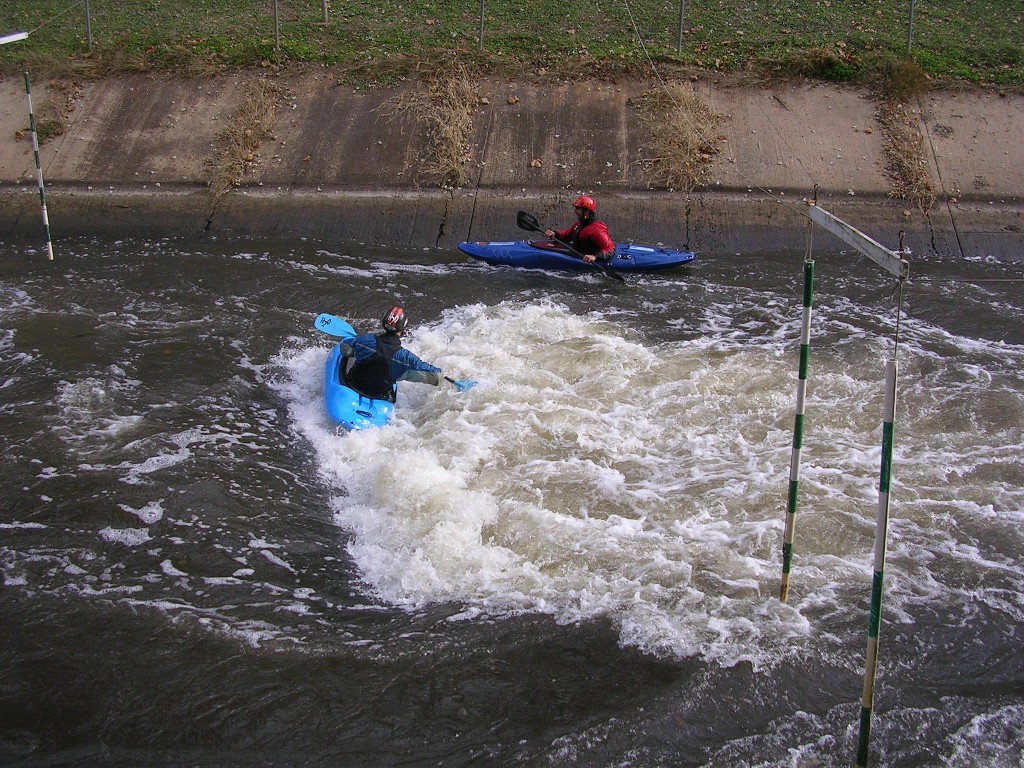Ever wondered why there are holes in kayak? Or perhaps you’ve noticed a puncture and panicked about what to do next? Kayaks, while robust, can occasionally suffer from damage. But don’t worry, fixing these issues is often simpler than you might think. Whether it’s understanding the purpose of scupper holes or figuring out how to repair a kayak leak, we’ve got you covered. This guide will walk you through everything you need to know about maintaining and repairing your kayak.
Key Takeaways:
- Holes in kayaks often have a specific purpose, such as scupper holes for drainage.
- Regular kayak maintenance can prevent small issues from becoming big problems.
- There are various effective methods for kayak hull repair and fixing kayak holes.
- Knowing how to waterproof and properly care for your kayak can extend its lifespan.
- Understanding kayak damage prevention techniques is key to enjoying hassle-free kayaking.
Understanding Holes in Kayak: Why Are They There?
When you first notice holes in your kayak, your initial reaction might be one of concern. But did you know that some holes are actually designed to be there? These are known as scupper holes. They play a crucial role in the kayak’s functionality, particularly in sit-on-top kayaks.

Scupper holes allow water that splashes onto the deck to drain out, ensuring that your kayak doesn’t become waterlogged. This is especially important in rougher waters where waves can easily wash over the sides of your kayak. Curious to learn more about why your fishing kayak has scupper holes? Check out this insightful article on Why Your Fishing Kayak has Scupper Holes – Bending Branches.
However, not all holes are intentional. Sometimes, your kayak might suffer from accidental damage, leading to punctures or leaks. Understanding the difference between these and knowing how to address them is vital for every kayaker.
Common Types of Kayak Holes
- Scupper Holes: Designed for drainage in sit-on-top kayaks.
- Punctures: Accidental holes caused by sharp objects or rough handling.
- Wear and Tear: Small cracks or holes that develop over time due to regular use.
Let’s break down the different types of holes and what they mean for your kayak:
| Type of Hole | Description | Common Causes |
|---|---|---|
| Scupper Holes | Purposeful holes for drainage | Design feature in sit-on-top kayaks |
| Punctures | Accidental holes | Sharp objects, rough handling |
| Wear and Tear | Small cracks or holes | Regular use over time |
How to Repair Kayak Holes
So, you’ve discovered a hole in your kayak. What next? The good news is that kayak repair is often quite manageable, even for beginners. The method you choose will depend on the type and size of the hole or crack.
Small Punctures
For smaller holes or punctures, a simple repair kit can work wonders. Here’s a step-by-step guide:
- Clean the area around the hole thoroughly.
- Use a piece of sandpaper to roughen the surface slightly, ensuring better adhesion.
- Apply the adhesive from your repair kit to the hole.
- Place the patch over the adhesive and press firmly.
- Allow it to dry completely before testing it on the water.
Need a visual guide? Watch this helpful video on A Guide to Scupper Plugs.
Larger Cracks
Larger cracks or holes require a bit more effort:
- Begin by cleaning and sanding the area around the crack.
- Heat a plastic welding rod or similar material.
- Carefully apply the molten plastic to the crack, filling it in completely.
- Once cooled, sand the area smooth.
- Test your repair in calm waters before heading out on a bigger adventure.
For more in-depth discussions and tips, check out this Reddit thread on scupper holes.
Preventing Kayak Damage
As the saying goes, “An ounce of prevention is worth a pound of cure.” Taking steps to avoid damage in the first place can save you a lot of hassle down the line. Here are some tips:
Regular Maintenance
Keeping your kayak in top shape involves regular kayak maintenance. Inspect your kayak before and after each trip for any signs of damage. Pay close attention to the hull, as this is where many issues can start.
Proper Storage
How you store your kayak can also impact its longevity. Keep it out of direct sunlight and avoid leaving it in extreme temperatures. Store it in a cool, dry place, preferably off the ground to prevent moisture buildup.
Transporting Your Kayak
When transporting your kayak, use proper padding and straps to secure it. This will prevent it from bouncing around and potentially getting damaged. Check out this guide on Scupper Plugs 101: Do I Need Them? – Jackson Kayak for more info.

Source: Pexels.com
Kayak Waterproofing and Care
Waterproofing your kayak is another crucial aspect of kayak care. This involves making sure that all seals and seams are watertight. Here’s how you can do it:
Sealing Seams
Over time, the seams of your kayak can become less effective at keeping water out. Use a marine-grade sealant to go over all the seams, ensuring they are watertight. This is especially important for older kayaks.
Inspecting for Leaks
Regularly check for any signs of kayak leaks. Fill your kayak with water and look for any areas where water seeps out. This can help you identify potential problem areas before they become serious.
Applying Waterproof Coatings
There are various waterproof coatings available that can be applied to your kayak’s exterior. These coatings can provide an additional layer of protection against water ingress, helping to extend the life of your kayak.
Advanced Kayak Hull Repair Techniques
For those who are more experienced or dealing with severe damage, advanced kayak hull repair techniques might be necessary. These methods often require specialized tools and materials but can be highly effective.
Plastic Welding
Plastic welding is a technique used to repair significant cracks or splits in the kayak hull. It involves using a specialized welding tool to melt a plastic rod, which is then applied to the damaged area. This method creates a strong, durable repair that can withstand rough conditions.
Fiberglass Patching
For kayaks made of fiberglass, a fiberglass repair kit can be used. This involves cutting a piece of fiberglass cloth to size, applying resin, and then laying the cloth over the damaged area. Once the resin cures, it forms a strong, waterproof bond.
Using Epoxy
Epoxy is another versatile material that can be used for kayak repairs. It’s particularly useful for fixing small cracks and holes. Mix the epoxy according to the manufacturer’s instructions, apply it to the damaged area, and allow it to cure fully.
Here’s a table summarizing these advanced techniques:
| Technique | Materials Required | Best For |
|---|---|---|
| Plastic Welding | Plastic welding rod, welding tool | Large cracks, splits |
| Fiberglass Patching | Fiberglass cloth, resin | Fiberglass kayaks |
| Epoxy | Epoxy resin | Small cracks, holes |
By understanding the different types of holes in kayaks and knowing how to address them, you can ensure that your kayak remains in excellent condition, ready for your next adventure. Remember, a little bit of care and maintenance goes a long way in preventing serious damage.
So, the next time you spot a hole in your kayak, don’t panic. You’ve got the knowledge and tools to fix it and get back on the water in no time.
Q: Why do you need scupper plugs on a kayak?
A: Scupper plugs are useful for blocking the scupper holes in your kayak, preventing water from entering through these drainage points. They are particularly beneficial in calm waters where you don’t need the extra drainage and can help keep you dry.
Q: Are scuppers necessary?
A: Scuppers are essential for sit-on-top kayaks as they allow water to drain off the deck. Without scuppers, water can accumulate, making the kayak unstable and harder to maneuver.
Q: Will a kayak sink if filled with water?
A: While most kayaks are designed to stay afloat even when filled with water, they can become very unstable and difficult to manage. It’s crucial to address any leaks promptly to avoid this situation.
Q: Is it normal for water to get inside kayak?
A: Yes, it’s normal for some water to get inside a kayak, especially in rough conditions. However, excessive water can indicate a leak or improper sealing, which should be addressed to ensure safety and performance.

